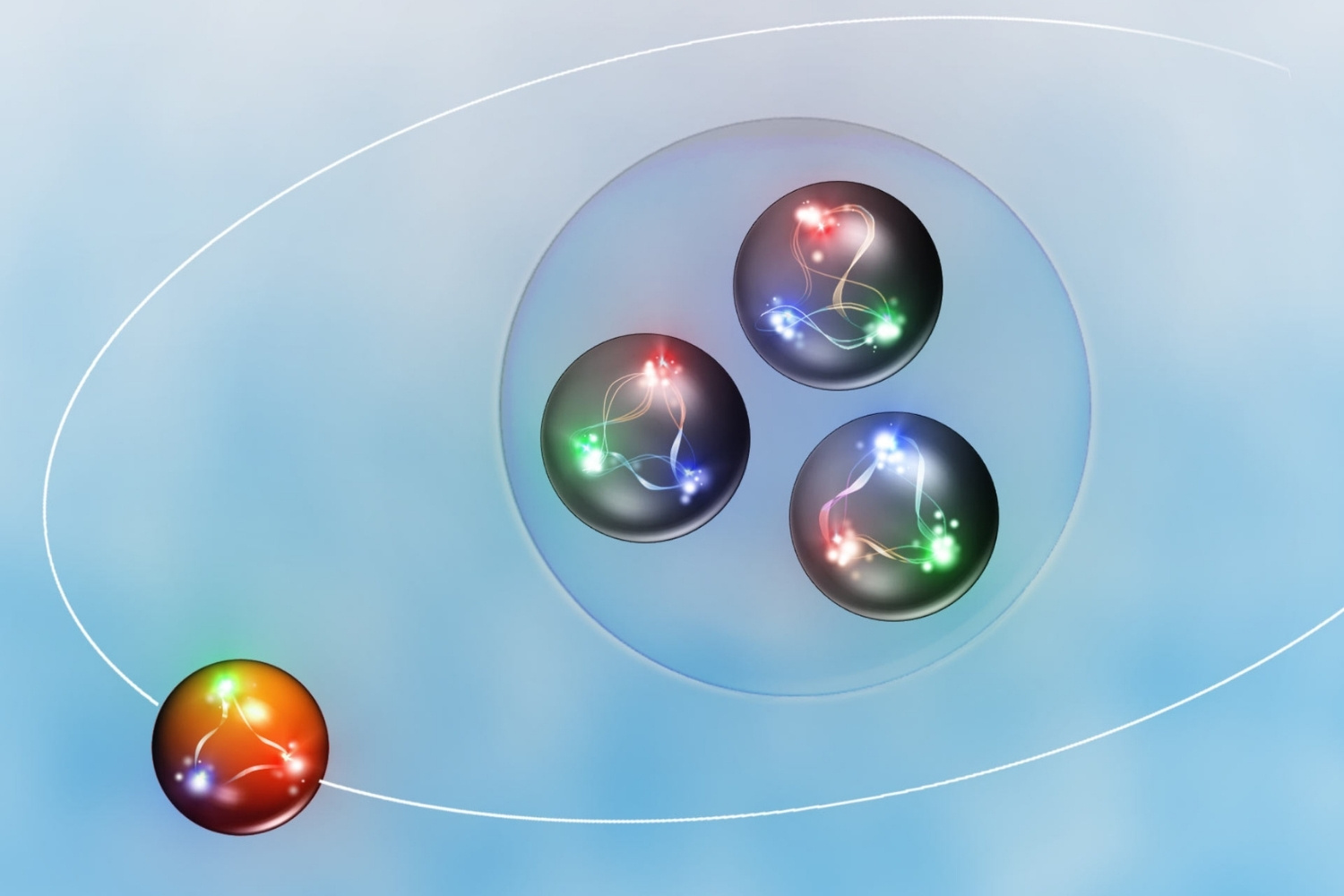
What are hyperons? Hyperons are a type of subatomic particle, part of the baryon family, which includes protons and neutrons. Unlike their more familiar cousins, hyperons contain at least one strange quark, making them heavier and less stable. These particles play a crucial role in understanding the strong nuclear force and the behavior of matter under extreme conditions, such as in neutron stars. Scientists study hyperons to gain insights into the fundamental forces that govern the universe. Despite their fleeting existence, hyperons offer a window into the complex world of particle physics, helping us piece together the puzzle of how matter is structured.
What Are Hyperons?
Hyperons are fascinating subatomic particles that belong to the baryon family. They are heavier than protons and neutrons, making them a subject of intense study in particle physics. Here are some intriguing facts about hyperons.
- Hyperons are baryons, which means they are made up of three quarks.
- Unlike protons and neutrons, hyperons contain at least one strange quark.
- The most well-known hyperons are the Lambda (Λ), Sigma (Σ), Xi (Ξ), and Omega (Ω) particles.
- Hyperons are unstable and decay into lighter particles, such as protons and neutrons.
- The discovery of hyperons helped scientists understand the strong nuclear force better.
Types of Hyperons
There are several types of hyperons, each with unique properties. Let's dive into the different kinds.
- The Lambda (Λ) hyperon is the lightest and most stable hyperon.
- Sigma (Σ) hyperons come in three varieties: Σ+, Σ0, and Σ-.
- Xi (Ξ) hyperons, also known as cascade particles, have two types: Ξ0 and Ξ-.
- The Omega (Ω) hyperon is the heaviest and contains three strange quarks.
- Each type of hyperon has a different mass and charge.
Discovery and History
The journey to discovering hyperons has been long and filled with exciting moments. Here are some key historical facts.
- The first hyperon, the Lambda (Λ), was discovered in 1950.
- The discovery of the Sigma (Σ) hyperons followed shortly after in the early 1950s.
- Xi (Ξ) hyperons were identified in 1959.
- The Omega (Ω) hyperon was discovered in 1964, completing the hyperon family.
- These discoveries were made using particle accelerators and bubble chambers.
Hyperons in Particle Physics
Hyperons play a crucial role in the field of particle physics. Here are some facts about their significance.
- Studying hyperons helps scientists understand the strong nuclear force.
- Hyperons provide insights into the behavior of strange quarks.
- The decay patterns of hyperons are used to test theoretical models in particle physics.
- Hyperons are produced in high-energy collisions, such as those in particle accelerators.
- Research on hyperons has contributed to the development of the quark model.
Hyperons in Astrophysics
Hyperons are not just important in particle physics; they also have implications in astrophysics. Let's explore their role in the cosmos.
- Hyperons are believed to exist in the cores of neutron stars.
- The presence of hyperons can affect the properties of neutron stars, such as their mass and radius.
- Hyperons may play a role in the cooling of neutron stars.
- The study of hyperons in neutron stars helps scientists understand the behavior of matter at extreme densities.
- Hyperons could provide clues about the formation and evolution of neutron stars.
Hyperons and Strange Matter
Strange matter is a theoretical form of matter that contains a high proportion of strange quarks. Hyperons are closely related to this concept.
- Hyperons are a key component of strange matter.
- Strange matter is hypothesized to be more stable than ordinary matter under certain conditions.
- The study of hyperons and strange matter could lead to new insights into the early universe.
- Strange matter might exist in the cores of neutron stars, where hyperons are also found.
- Research on hyperons and strange matter could have implications for understanding dark matter.
Future Research on Hyperons
The study of hyperons is far from over. Here are some exciting directions for future research.
- Scientists are using advanced particle accelerators to produce and study hyperons.
- New detection techniques are being developed to observe hyperons more accurately.
- Theoretical models of hyperons are being refined to match experimental data.
- Research on hyperons could lead to new discoveries in particle physics and astrophysics.
- Hyperons may play a role in future technologies, such as quantum computing.
Fun Facts About Hyperons
Let's end with some fun and quirky facts about hyperons that you might not know.
- Hyperons are sometimes called "strange baryons" because they contain strange quarks.
- The study of hyperons has led to several Nobel Prizes in Physics.
Hyperons: A Glimpse into the Subatomic World
Hyperons, those fascinating particles, offer a peek into the universe's tiniest building blocks. They play a crucial role in understanding the forces that bind matter together. With their unique properties, hyperons help scientists explore the mysteries of neutron stars and the strong nuclear force.
These particles, heavier than protons and neutrons, are essential for advancing particle physics. By studying hyperons, researchers can uncover new insights about the fundamental forces and particles that make up our world.
So, the next time you hear about hyperons, remember their importance in the grand scheme of things. They might be small, but their impact on our understanding of the universe is immense. Keep an eye on future discoveries, as hyperons continue to reveal the secrets of the subatomic world.
Was this page helpful?
Our commitment to delivering trustworthy and engaging content is at the heart of what we do. Each fact on our site is contributed by real users like you, bringing a wealth of diverse insights and information. To ensure the highest standards of accuracy and reliability, our dedicated editors meticulously review each submission. This process guarantees that the facts we share are not only fascinating but also credible. Trust in our commitment to quality and authenticity as you explore and learn with us.
